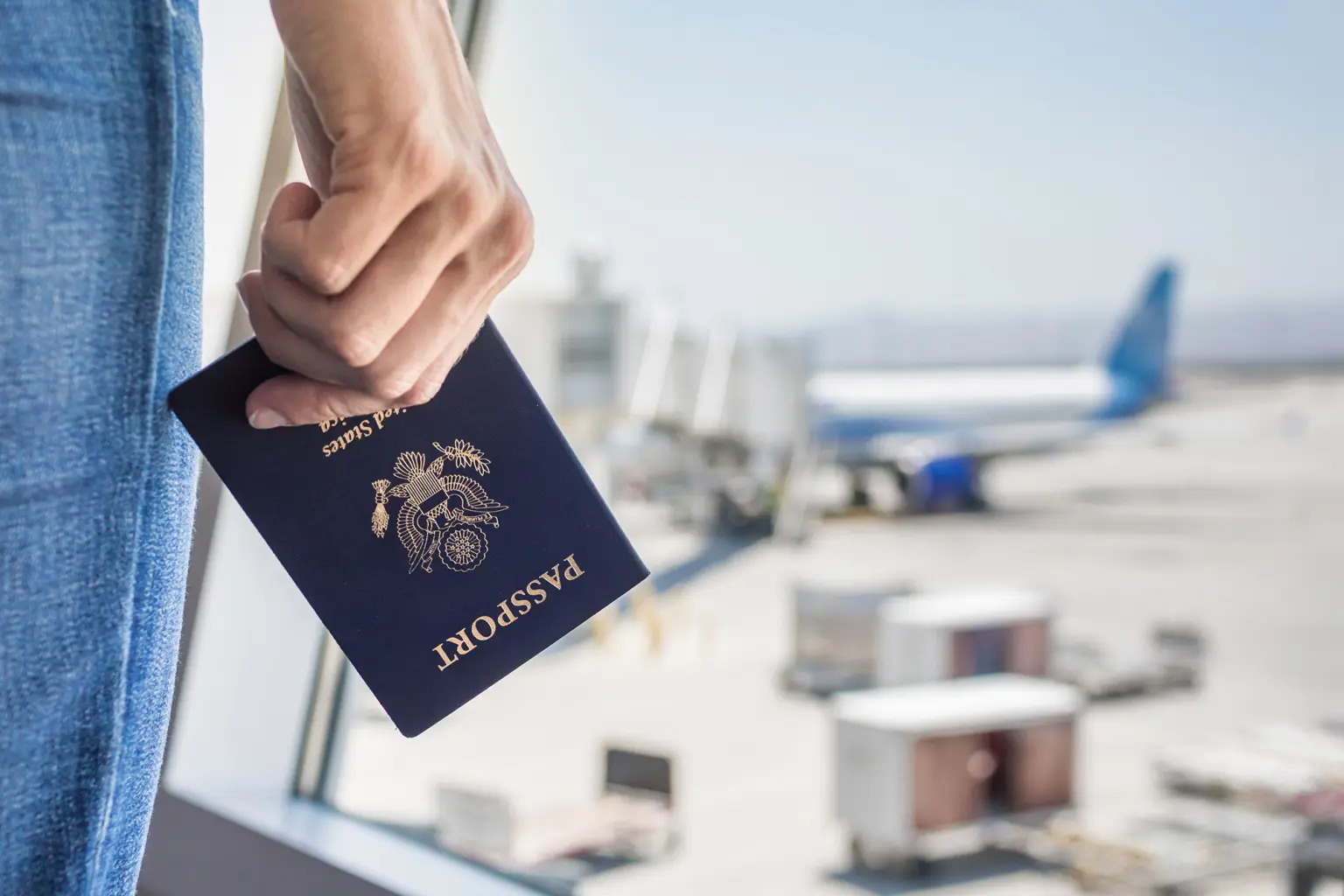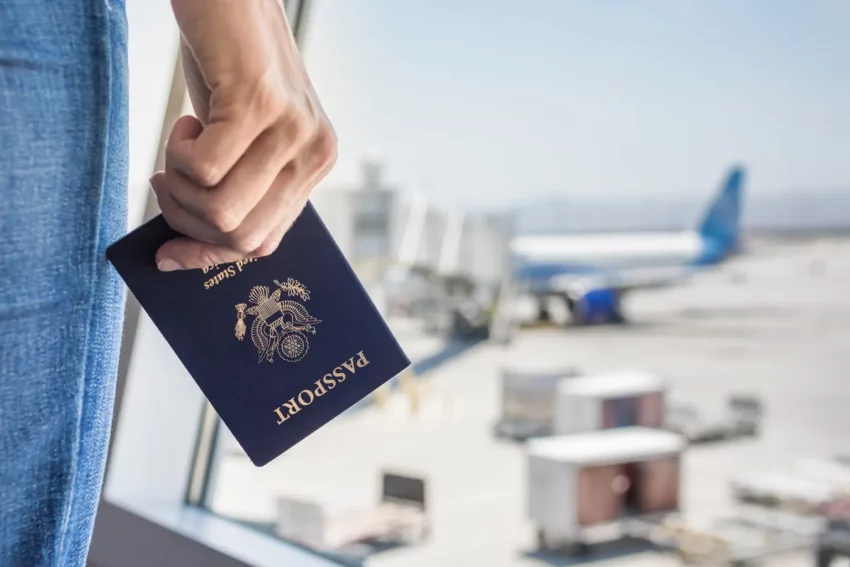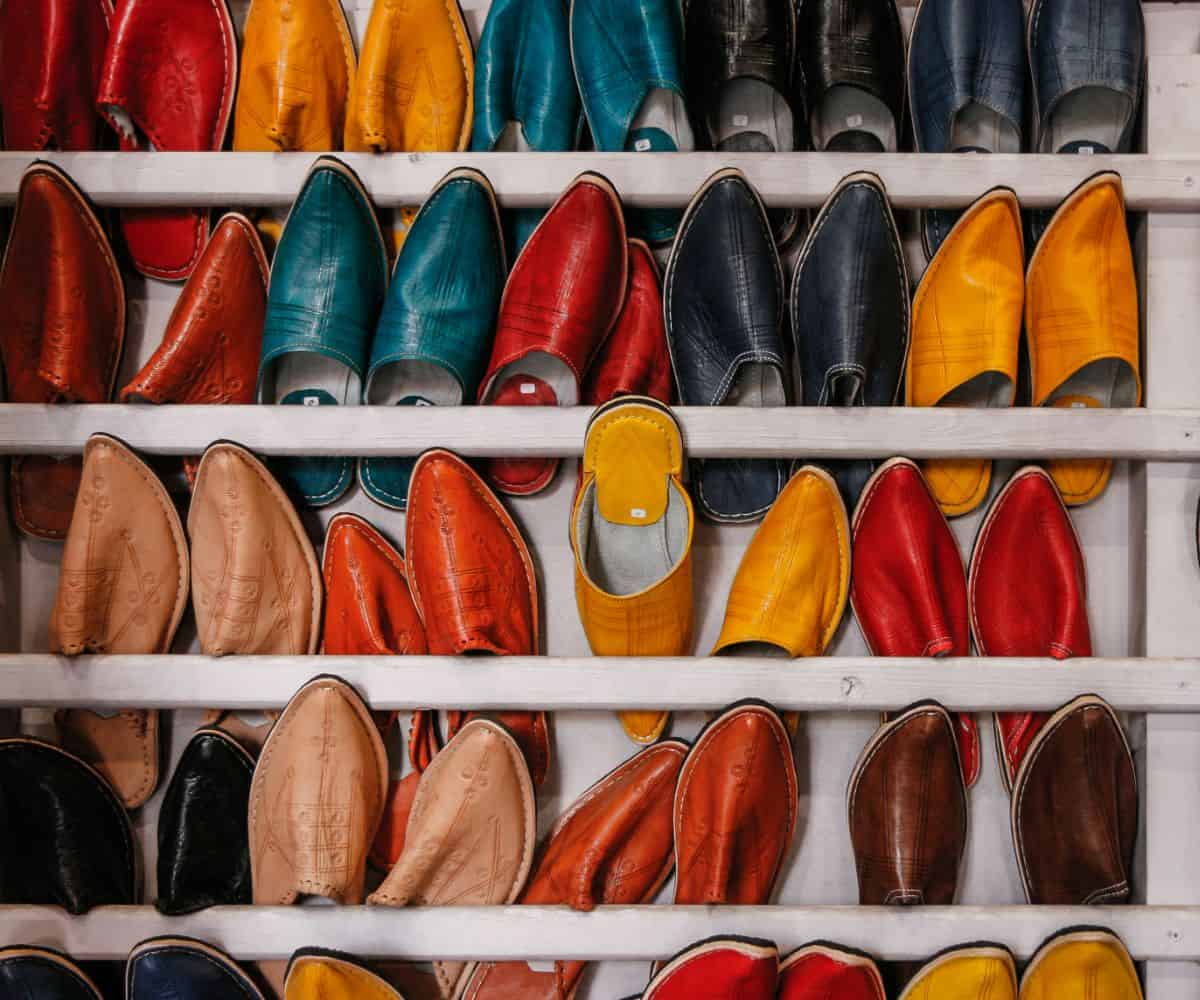
Friday, August 16, 2024
Reading Time: 2 minutes
The reopening of North Korea’s borders marks a significant shift after years of isolation, which began in early 2020 as the country implemented strict measures to prevent the spread of COVID-19. The decision to allow limited tourism, starting with the city of Samjiyon, indicates a cautious approach by the North Korean government to reengage with the global community while controlling the flow of visitors.
Samjiyon, a city near Mount Paektu, holds special significance in North Korean propaganda as the birthplace of Kim Jong Il, the father of current leader Kim Jong Un. The government has heavily invested in transforming the city into a showcase of its vision for a “highly-civilized mountain city,” featuring modern infrastructure and cultural institutions. The area is also a popular destination for domestic tourists due to its historical and revolutionary significance.
Tour operators like Koryo Tours and KTG Tours, which have long facilitated trips to North Korea, are now gearing up to resume their activities, albeit with some uncertainty about the full scope of access. These companies have played a key role in providing rare glimpses into the isolated country, offering organized tours that are carefully monitored and controlled by North Korean authorities.
While the announcement has been met with enthusiasm by those in the travel industry, it’s important to note that the reopening is limited, and significant restrictions remain. For instance, American citizens are still barred from entering North Korea, a policy that has been in place since the Trump administration due to concerns over the safety of U.S. nationals in the country. This means that despite the reopening, the opportunity to visit North Korea will remain out of reach for many potential tourists.
For those eligible to visit, the reopening presents a unique opportunity to experience one of the most secluded and enigmatic countries in the world. However, travelers must be prepared for the highly controlled and curated nature of tourism in North Korea, where interactions with locals and access to information are strictly limited.
As the situation develops, it will be interesting to see how North Korea balances its desire for increased tourism revenue with its need to maintain tight control over foreign influence. The gradual reopening may also signal a broader strategy by the regime to reestablish connections with the outside world after years of isolation, although any such moves are likely to be measured and cautious.
For now, the focus will be on how successfully North Korea can manage the return of foreign tourists and whether this will lead to further openings in the future. The international community will be watching closely to see how this affects the country’s economy and its relations with neighboring countries, particularly China, which has historically been North Korea’s closest ally and largest trading partner.

